This week I headed out the door early to beat the heat, and checked out some nearby urban wetlands. I had gone to Whitaker Ponds once before, back in January 2022. It’s a cleaned-up industrial dump in the slough along the Columbia River, with plenty of traffic and airport noise pollution remaining. But the birds don’t seem to mind, nor do the birders: we were a strange mixed flock that day, with a couple experts carrying serious glass, an out-of-towner checking out the E-Bird hot spots before a family wedding, and one guy with a pocket camera who was just walking around from his airport hotel looking to kill some time. I hung out for quite a while trying to get a photo of a noisy but visually elusive Kingfisher trio that was working the slough and squabbling with each other, but they stayed mostly out of sight.
I headed west from Whitaker Ponds through the North Portland riverfront industrial zone, and made my first visit to the Vanport Wetlands. Today this is just a couple of auto pull-outs along a wetland area popular with a wide variety of waterfowl and shore birds, on a road between the Expo Center and a golf course. But the history of this area is severe.
[My thoughts about the history of Vanport continue after the photo gallery.]
A brief history of Vanport
In the early 1940s, war-driven growth of the shipyards and the drafting of white workers led Henry Kaiser to actively recruit workers for his Portland ship-building enterprises from around the country. But racist state and local laws and policies restricted where Black workers could live in Portland. In absence of civic support that provided temporary housing to support the war effort elsewhere, Kaiser built Vanport, a large housing project at that time outside of Portland city limits and its associated restrictions. The Black population of the Portland area more than tripled during this period, most living in Vanport. After the war, many stayed, and although the housing was high density and building quality wasn’t great, and the low-lying floodplain tended towards mud, Vanport was an active and integrated community. Then in 1948, a dike protecting this area from the Columbia River gave way, and Vanport was completely flooded, leaving more than 18,000 people homeless. The humanitarian crisis temporarily breached some of the discriminatory barriers, but it took more than a decade before laws and policies started changing. Most of the Black population of Vanport that stayed in the Portland area relocated to the only part of town that allowed Black home ownership – the Albina district – becoming a part of that neighborhood’s own history of ghettoization and later gentrification. The Vanport area was eventually incorporated into the city, and developed into Delta Park, with sports complexes, an arboretum, and the Portland International Raceway.
These birding expeditions are not just nature walks and pretty photos. The birds I find live in a context of habitat and of history, and I am drawn to consider both. I am grateful for the people and organizations whose efforts created these oases of natural beauty in our urban landscape. At the same time, before the reclamation there was human pollution at Whitaker Ponds, and human tragedy at Vanport. And everywhere, there is the history of the First Americans who lived in these places with the ancestors of the birds I see today, before being forcibly relocated, long before the more recent history of degradation and renewal.
If you’re interested in more than this brief summary of Vanport history, I recommend this article from Smithsonian Magazine as a good start. This article from the Oregon History Project also has some good info, but in my opinion has a more optimistic take on aftermath of the flood than the situation warrants. The Vanport Mosaic project has collected a lot of information, including oral histories from people who lived in Vanport during the flood. There’s lots of information out there about Oregon’s history of racism, and the ramifications of that history are quite visible in the demographics and politics of Portland today.
P.S. Since writing this, I learned that the Robert Hunter lyric “wake of the flood” references his childhood when he lived in Vanport the year after the great flood.
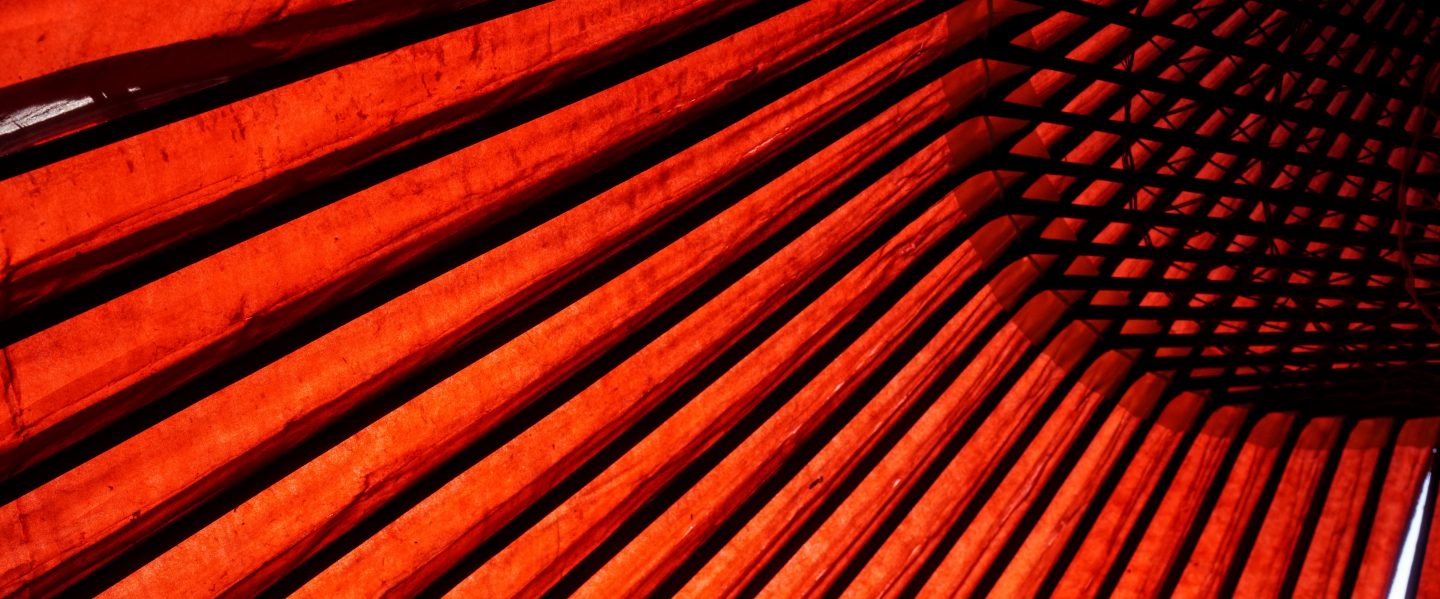

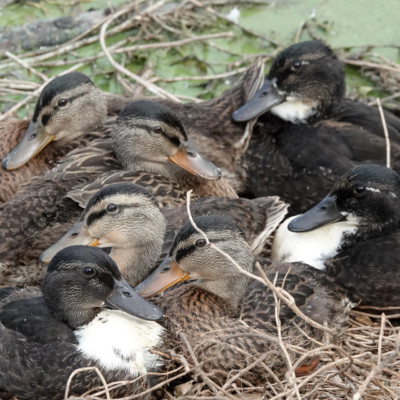
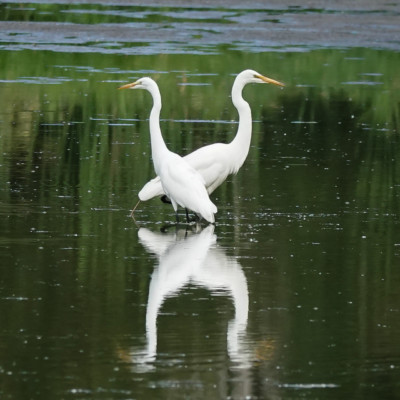
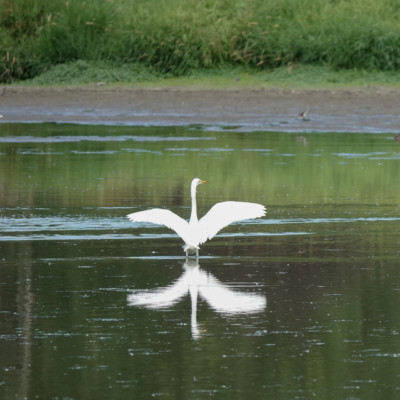
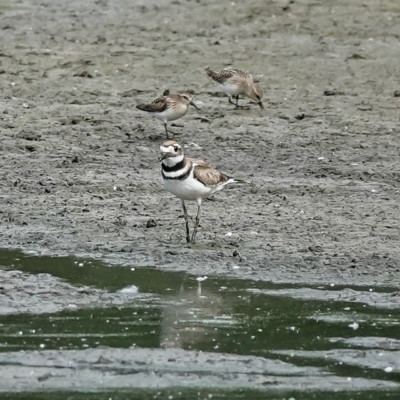
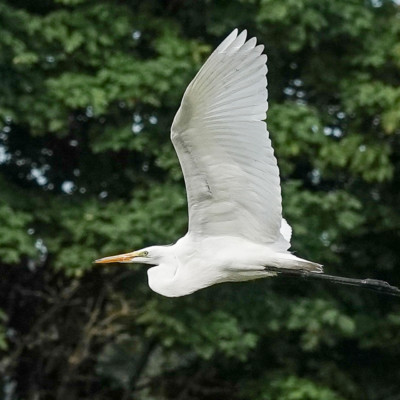
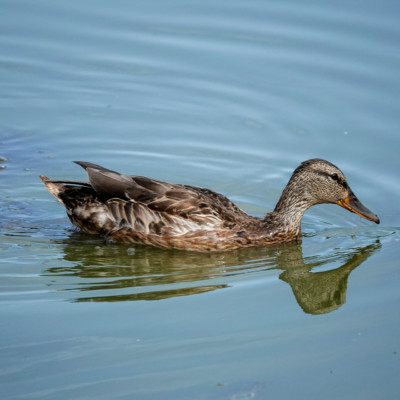
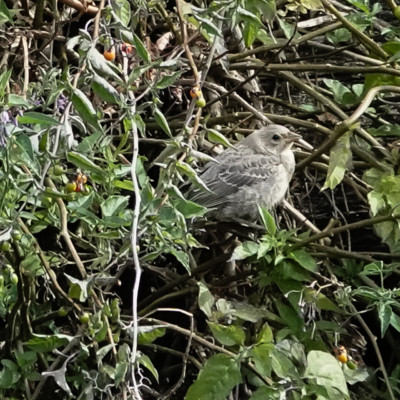

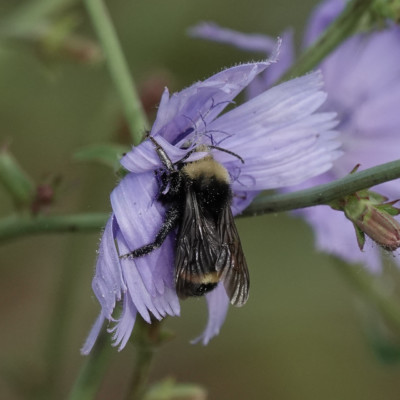

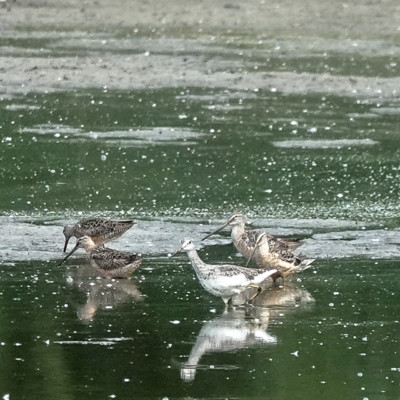
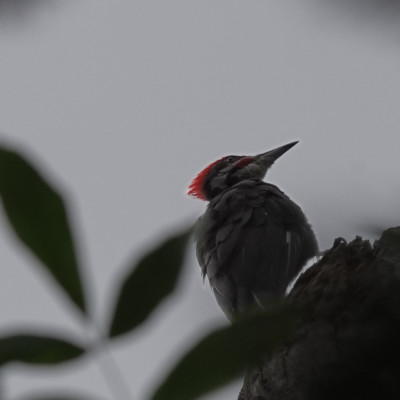
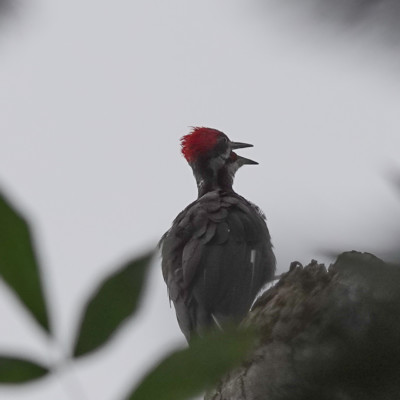
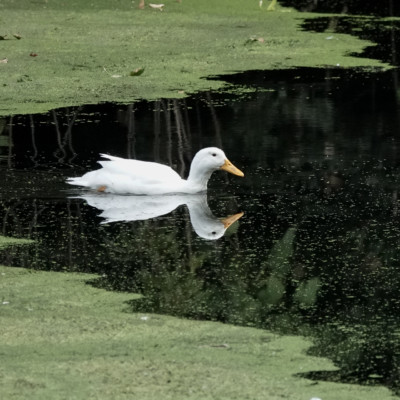
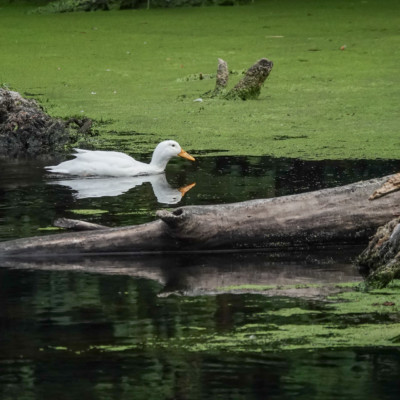
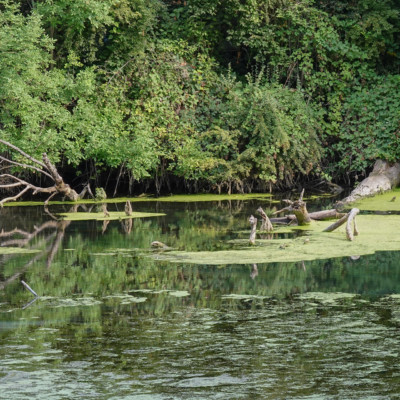

Leave a Reply